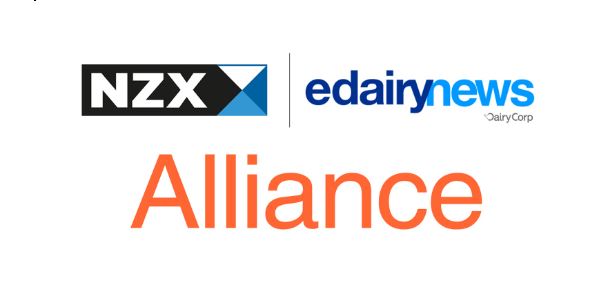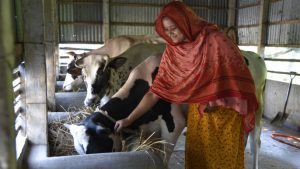“The dairy sector has shown a remarkable ability to pivot in the changed environment of restrictions on the food service, hospitality and educational sectors and despite volatility in product markets, milk-feed price ratios through much of 2020 were favorable for continued expansion of dairy herds,” said USDA.
The US dairy sector added 97,800 cows between January 1, 2020 and January 1, 2021 with the vast majority of the increase occurring in the second half of the year. Improvements in producer margins and favorable weather also encouraged productivity gains.
In 2020, average milk per cow grew about 1.4 percent on a per day basis, the fastest rate of growth since 2016. Coupled with an additional milking day in 2020 due to leap year, total milk production increased 2.1 percent.
The outbreak of COVID-19 and the resulting restrictions placed on the hotel, restaurant, and institutional (HRI) sector as well as global economic uncertainty squeezed demand and led to a buildup of stocks for a number of products as well as a high degree of volatility in product prices.
During the year, milk handlers and producers responded to marketing channel bottlenecks by dumping milk (most notably during April) and changing marketing patterns to take advantage of differences in product prices and demand sources. Milk prices in the second quarter declined sharply as the sector began to adjust to supply-demand imbalances. Milk prices recovered during the second half of the year to average $18.32 for the year as retail demand improved and exports of butter and butterfat, skim milk powder/nonfat dry milk (SMP/NDM), and whey products were above 2019.
US government purchases to support the Farmers to Families Food Box program provided some support to product prices. However, at the end of the year, stocks of some dairy products were quite large; butter stocks were the highest since 1992, American-type cheese stocks were the highest since 1984, and NDM stocks were highest since 2004.
Outlook for 2021: more milk, large stocks, uncertain demand patterns in the face of higher feed prices.
Entering 2021, the situation facing the US dairy sector is “unsettled” at best, said USDA. The sector faces uncertainty as to the timing and path of a return to normalcy of demand or what “normal” will even look like. Milk production is forecast at 227.4 billion pounds, 1.9 percent higher than 2020. With larger milk supplies and large stocks of some products overhanging markets, milk prices are expected to come under pressure.
Milk producers will be faced with weaker milk prices at the same time feed prices are expected to increase to their highest levels since 2014. This is likely to bring the expansion of the dairy herd to an end and set the stage for cow inventory declines during the year. However, despite lower producer margins, output per cow is expected to increase at a more rapid rate than in recent years; this will also support increases in milk production and components.













